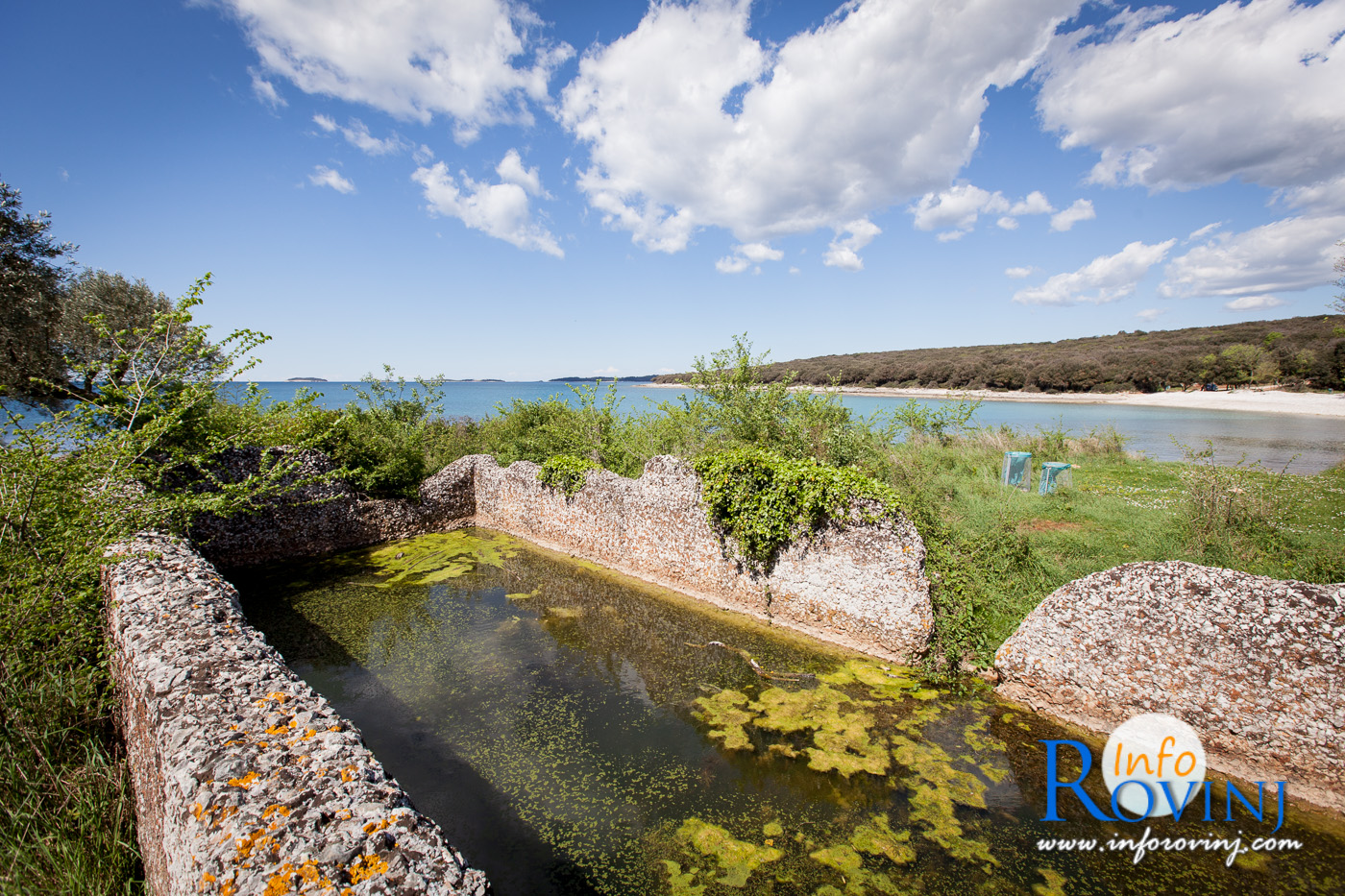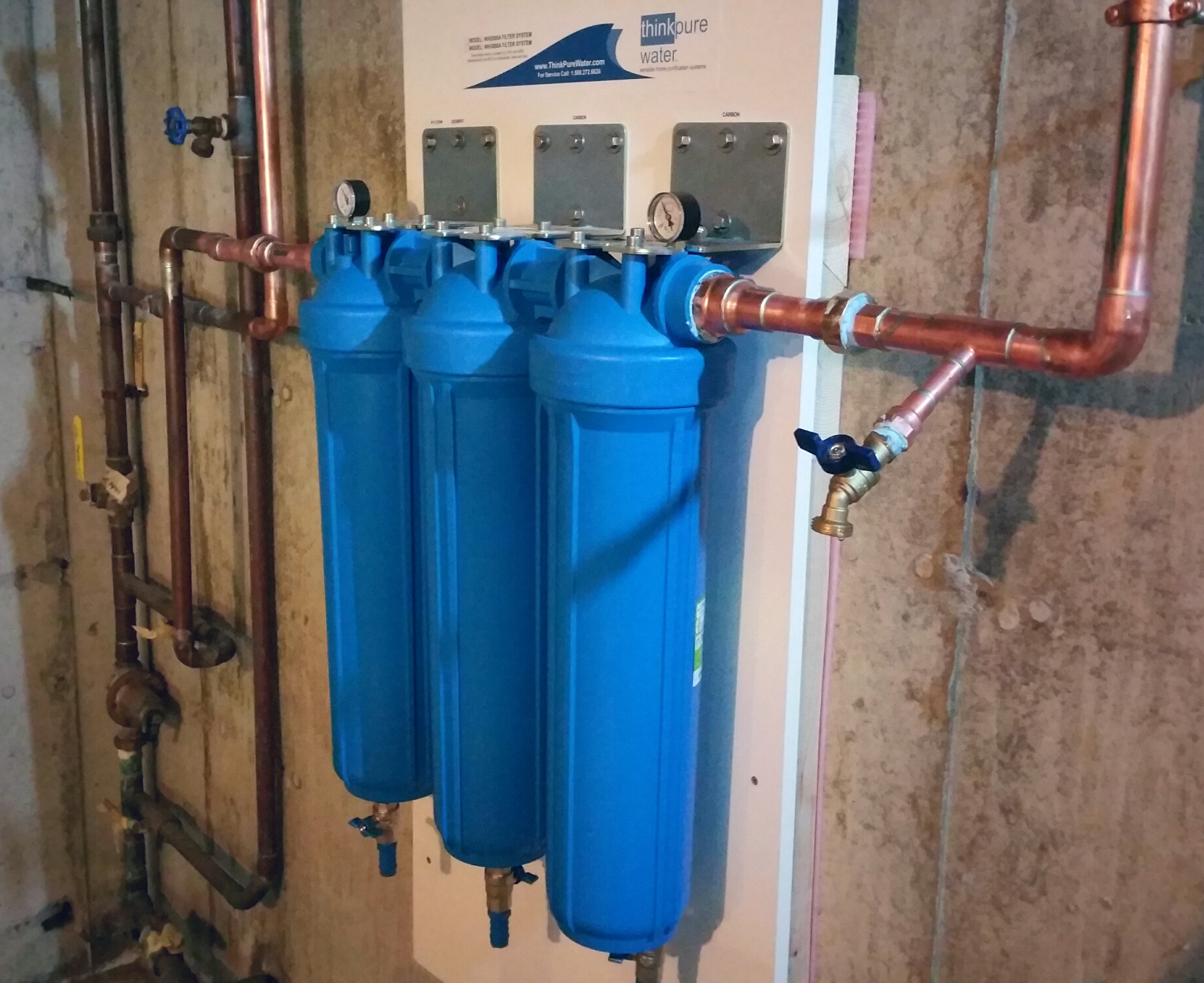Table of Content
Cisterns are more likely to harbor germs, diseases, and bacteria. However, they are also more likely to have water when you need it if installed correctly. Moreover, a cistern can be designed for any home, often without the need for on-site surveys. This publication is intended to serve as a guide to homeowners who are planning to build a roof-catchment cistern system. It will also provide useful information to those who already own a rainwater cistern and want to improve the quality of the water used.
The installation of water-saving devices could considerably reduce household water use with no conscious effort on the part of family members. The average base use determined by water utilities is 7500 gallons per month, which is equivalent to an average yearly minimum need of 90,000 gallons per household. Common household planning provides for 50 to 75 gallons a day per person, or 73,000 to 110,000 gallons a year for a family of four. One-third to one-half of this amount is used for flushing toilets. However, those who must rely solely on rainwater-fed supplies will undoubtedly use less water. Rooftop cisterns that collect treated water from public water systems are common in Puerto Rico.
Construction
I cannot achieve that height very easily out here so I use an economical 3" gasoline-powered transfer pump. The pressure switch setting can be adjusted if the standard 20/40 setting does not suit your needs. Because the water system in my RV is older and maybe prone to fatigued connections, I set my jet pump pressure to 20/30, lowering the maximum output pressure by 10 pounds. Check your pump's documentation to see how to adjust its pressure switch settings. Water cisterns are available in all shapes and sizes and manufactured from many different types of materials.

The floor of the cistern should be sloped slightly toward the drain to facilitate cleaning. A valve to open and close the drain could be controlled from above ground level as shown in Figure 9, or an underground pit could be built around the valve to provide direct access. In either case, the valve and drain line should be insulated by a sufficient depth of earth to prevent freezing during even the most severe winter weather. Roof-catchment cisterns are systems used to collect and store rainwater for household and other uses. In many rural areas, municipal water service is not available. In such cases, it is necessary for a home owner to use an alternate water supply.
Cleaning and Disinfecting Cisterns
A typical arrangement for a roof-catchment cistern system is shown in Figure 1. A cistern is a reservoir water system featuring a large tank made from either concrete, steel, wood, or fiberglass. It’s stored underground where it collects rainwater for household use and, in some cases, consumption. Cisterns range in capacity from 100 gallons to several thousand gallons. It would be a terrible idea to simply pour a glass of water from a cistern tank and drink it. Although rainwater is relatively clean thanks to evaporation, you can still end up with trapped air pollution in the water.
This practice is especially important after a tap has gone unused for several hours, or overnight. Rather than just letting the water run down the drain during this procedure, you may use it for purposes other than drinking or cooking. Several layers of gravel and sand will make up the filtering medium. The total thickness of the filtering material should be a minimum of 12 inches and a practical maximum of around 3 feet, depending upon the area of the catchment and size of the filter box. A filter the size of that shown in Figure 6 would be adequate for a roof area of up to 2000 square feet for all but perhaps the most intense rainfalls. For this reason, an overflow should also be built into the filter box, as shown in Figure 6.
Underground Water Tanks & Cisterns For Sale
If possible, close off the water source or divert the catchment system away from the cistern to prevent water from entering the cistern during the disaster. Depending on the water source, it can be more advantageous to have a large cistern, rather than a small one. Most water haulers will not deliver less than 2,000 gallons, even if the cistern only holds 1,000 gallons. Water hauling companies charge about $35.00 for 2,000 gallons of municipal water. If your cistern is damaged, consult a local plumbing professional on steps to fix it. Once you’ve identified the contamination source, repairs can be made.
Total costs for installing a cistern system depend on capacity, whether the water will be used for irrigation or indoor residential use, and how the water is delivered to where it will be used . If you’re currently using city water, you can save on your monthly bill by using a cistern to provide some of your home’s water supply. Cisterns are a cost-effective alternative for water management, which many believe are significant advantages. Still, you’ll need to test water quality regularly and investigate whether adding this system to your property is feasible before diving in.
Recommendations for doing this will be presented, as well as guidelines for designing and building roof-catchment cistern systems. A system of gutters and downspouts directs the rainwater collected by the roof to the storage cistern. The cistern, typically located underground, may be constructed of various materials including cinderblock, reinforced concrete, or precast concrete, fiberglass, or steel. The cistern supplies water to the household through a standard pressurized plumbing system.

Using cistern water for your vegetable garden or washing machine can make a difference in your home’s monthly water usage cost. When it comes to supplying your home with H2O, city and well water aren’t your only options. A cistern is another type of system that can keep water flowing to your home.
Once the pump is in place, its inlet or suction will have to be joined to the outlet on the bottom of the cistern. You can construct this connection easily with a few pipe fittings available in a threaded or glued PVC plastic and a Galvanized coated steel. Though the PVC fittings are less expensive, they are not the best choice for outdoor use in a low temperature climate.
However, designing a cistern based on the lowest figure would guarantee enough storage to get you through even the driest years. Store a bottle of unscented liquid household chlorine bleach (label should say it contains between 5% and 9% sodium hypochlorite). You can use this bleach to treat your water, if necessary, and for general cleaning and disinfecting. Underground water cisterns that collect untreated water are common in the U.S. Costs for a do-it-yourself cistern vary significantly depending on size, capacity and the materials used. When water is collected in a cistern, peak runoff volumes are reduced.


No comments:
Post a Comment